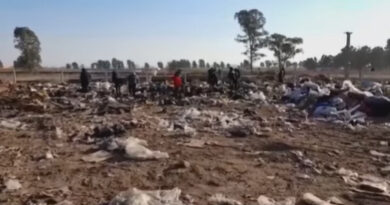OLDEST MEXICO: Archaeologists Find 3,000-Year-Old Artefacts Under Single Metre Of Soil Trampled On Daily
Archaeologists in Mexico City have discovered artefacts including arrowheads and human figurines that had laid buried for over 3,000 years under a single metre of earth that is trampled on daily by hundreds of people.
Commonly referred to as the lungs of Mexico City, Chapultepec Forest (Bosque de Chapultepec) receives around 15 million visitors a year and features a zoo, a castle, two lakes and the National Museum of Anthropology, among other tourist attractions.
The recent discovery, made in the 686-hectare (1,695-acre) park, has marked Chapultepec Forest as one of the oldest archaeological sites in the Valley of Mexico, which was the heart of a number of pre-Hispanic civilisations.
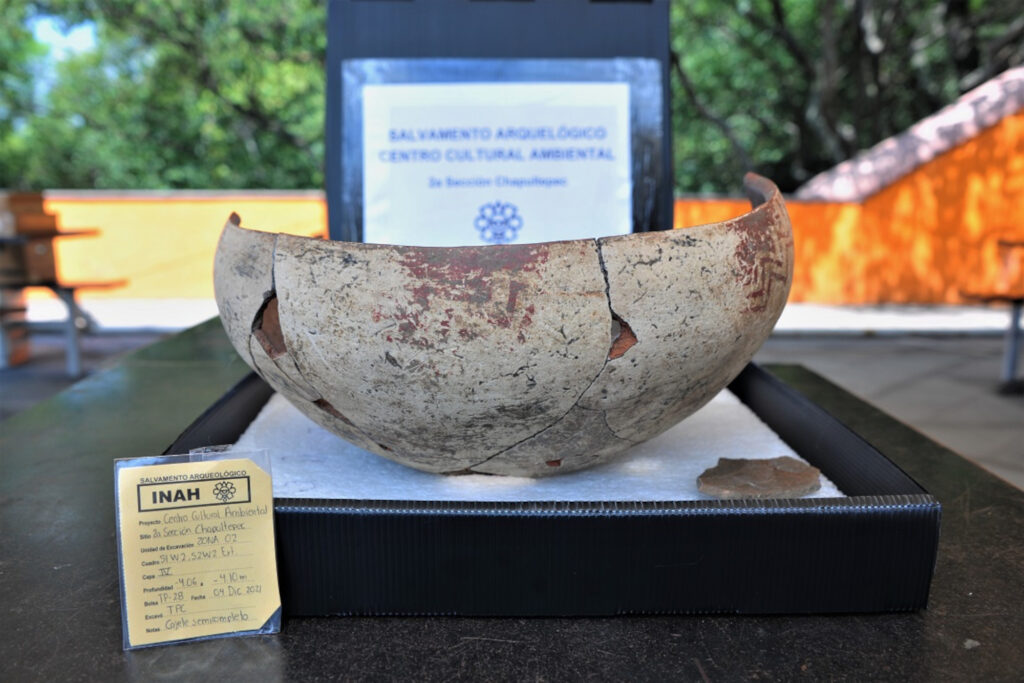
The findings date back to 1200-600 BC and laid buried for over three thousand years under a single metre of earth that is trampled on by hundreds of people daily.
Newsflash obtained a statement from the Government of Mexico, released on 17th August, that explained that the discovery was made due to archaeological projects, supported by the Secretary of Culture (Secretaria de Cultura del Gobierno de Mexico), and carried out by the National Institute of Anthropology (INAH), which accompanies infrastructure changes carried out by the project Chapultepec, Nature and Culture (Chapultepec, Naturaleza y Cultura).
The findings include the ceramic remains and human figurines along with a miniature vessel that has been described as “the crown jewel” as it still contains traces of cinnabar, a bright red form of mercury used to decorate objects at the time, according to the statement.
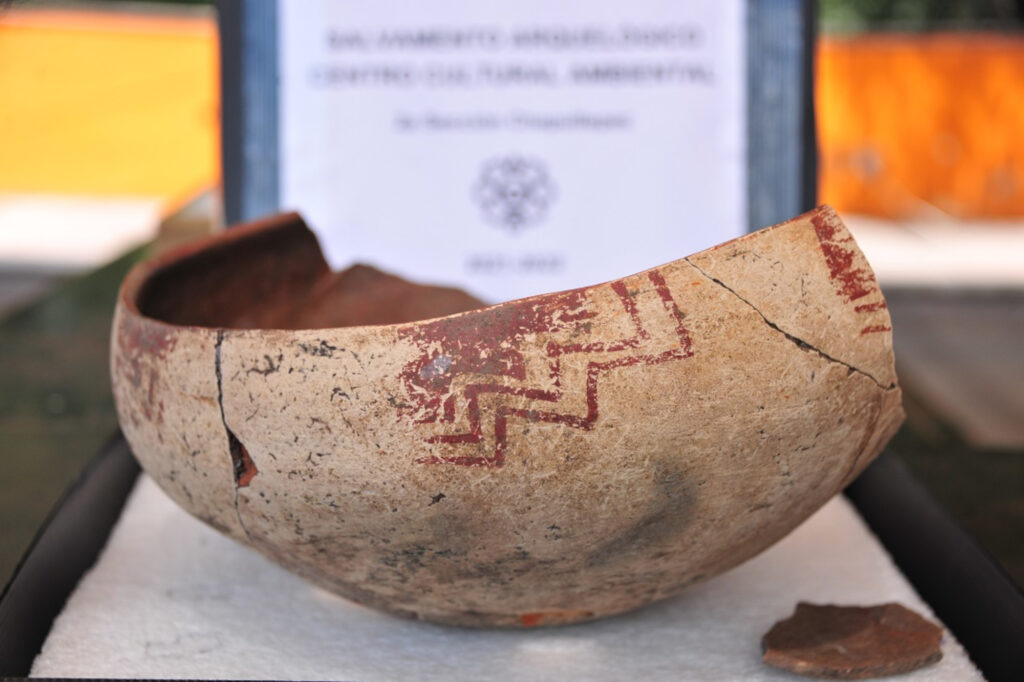
Additional objects listed in the findings include arrowheads, flint tools, a small pointed object known as an ‘awl’ made out of deer bone and used to poke holes in leather as well as jadeite, a form of jade.
Maria de Lourdes Lopez Camacho, the excavation’s coordinator, said that the objects date back to the middle Preclassic Period in Mexico (1200-600 BC) and were found in an area of the park that measured 38 by 24 metres, although only sixteen per cent of the area was excavated.
What makes the discovery significant is that it is the oldest known archaeological find in the park to date and has caused the Chapultepec Forest to double in age.
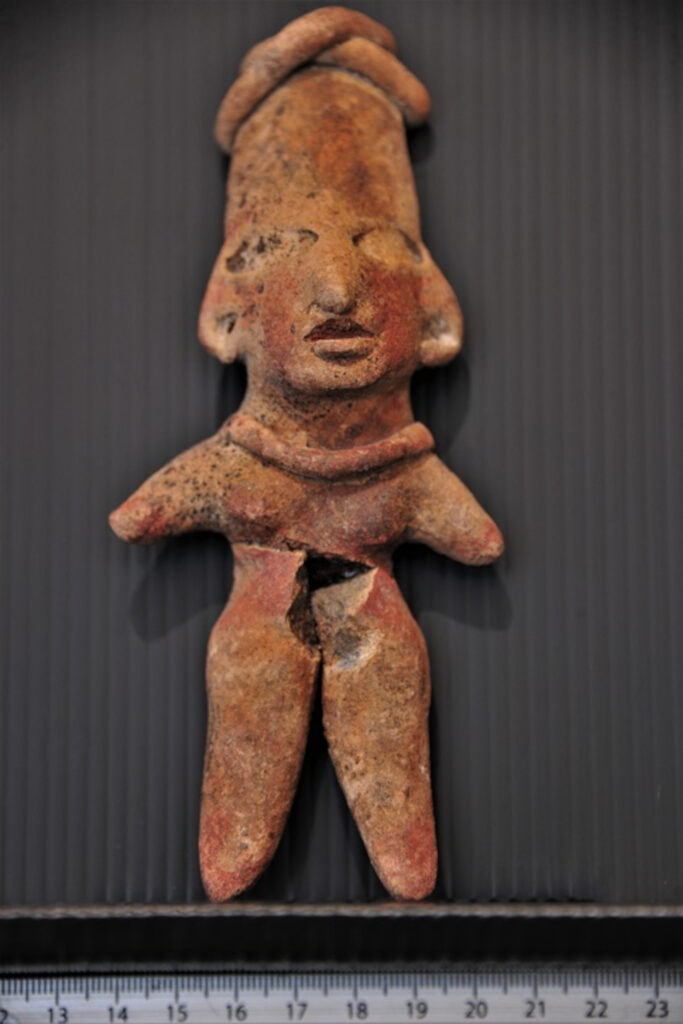
Previous findings in the park include a small settlement found in 2018 dating back 1,500 years, during the rise of Teotihuacan.
The objects were found intentionally broken and exposed to fire before they were arranged on a type of ceramic floor, while the excavation, which took place through a borehole, was able to detect the materials without causing any kind of disturbance, still according to the statement.
The findings are surprising in the sense that they are not directly related to a burial zone, which is uncommon in finds from this period.
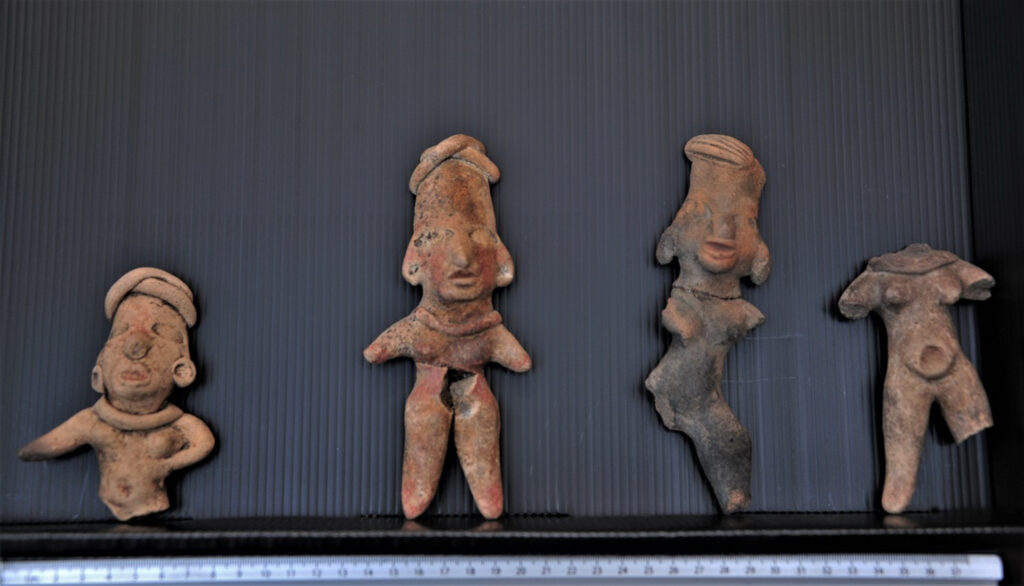
The findings, along with other discoveries, prove that the park was supplied by a series of streams forming an ecosystem that offered optimal human living conditions at the time as well as non-floodable sections and shed a new light on the Formative period in Mexico.



